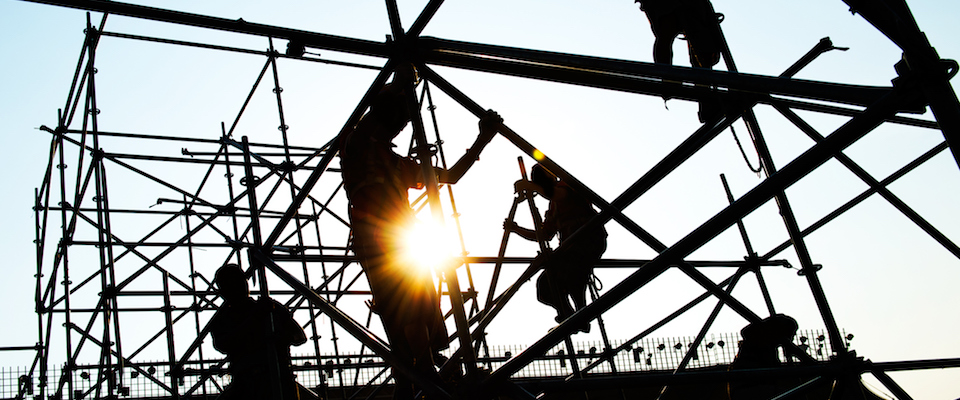In recent years Bay Area citizens have been very sympathetic towards workers’ rights. In 2006, for example, San Francisco began to force businesses with more than 20 workers to provide health insurance for their employees. At the beginning of this year it was discovered that restaurant owners had been adding surcharges to pay for the new medical expenses, but had actually been keeping most of the profits for themselves.
Politicians voiced their anger in public and many of the restaurants began to lose customers. Today, however, the roughly 400,000 people affected by the BART strike seem less sympathetic.
“If you ask, especially in regard to the BART strike, ‘Is there support for labor,’ or ‘Is there resentment toward labor,’ my answer would be yes—on both counts,” said Steven Pitts, Labor Policy Specialist with the UC Berkeley Labor Center whose Ph.D. is in economics. “There is a lot of formal support for labor among Bay Area citizens. But resentment also grows when people are inconvenienced. And the longer they are inconvenienced, the greater the resentment.”
Much of the debate between union representatives and BART is over the workers’ salaries. Employees haven’t received a raise for five years, and in their last contract negotiation four years ago they made concessions worth $100 million. Meanwhile, the cost of living has increased by more than 18 percent. Consequently, the average annual salary of $66,000 for station agents (which includes the $10,000 for overtime pay) and $73,000 for full-time train operators (which includes the $17,000 for overtime) is less than the $74,341 needed to support a family of four in the Bay Area.
BART unions are also asking for more safety precautions such as better lighting in tunnels and bulletproof glass in station booths. These demands are in response to the large number of physical assaults that have been inflicted on BART employees and passengers in the past three years, and a few incidents in which workers were actually killed in the tunnels.
BART workers haven’t organized a strike since 1997, though their challenges have been similar to those of other Bay Area workers: pay raises not keeping up with the rising costs of living, rising health insurance premiums, and increasing pension costs.
If the public seems less supportive of strikers than in 1997, perhaps it is because more people are affected. In 1997, BART ridership was about 275,000 a day; in 2012, however, there was an average of 366,565 riders every weekday.
As Pitts points out, “The support for the strikers could well be influenced by how long the strike goes on. That’s natural. We live in the real world, not the world of ideals.”
—Naomi Kosman-Wiener



















